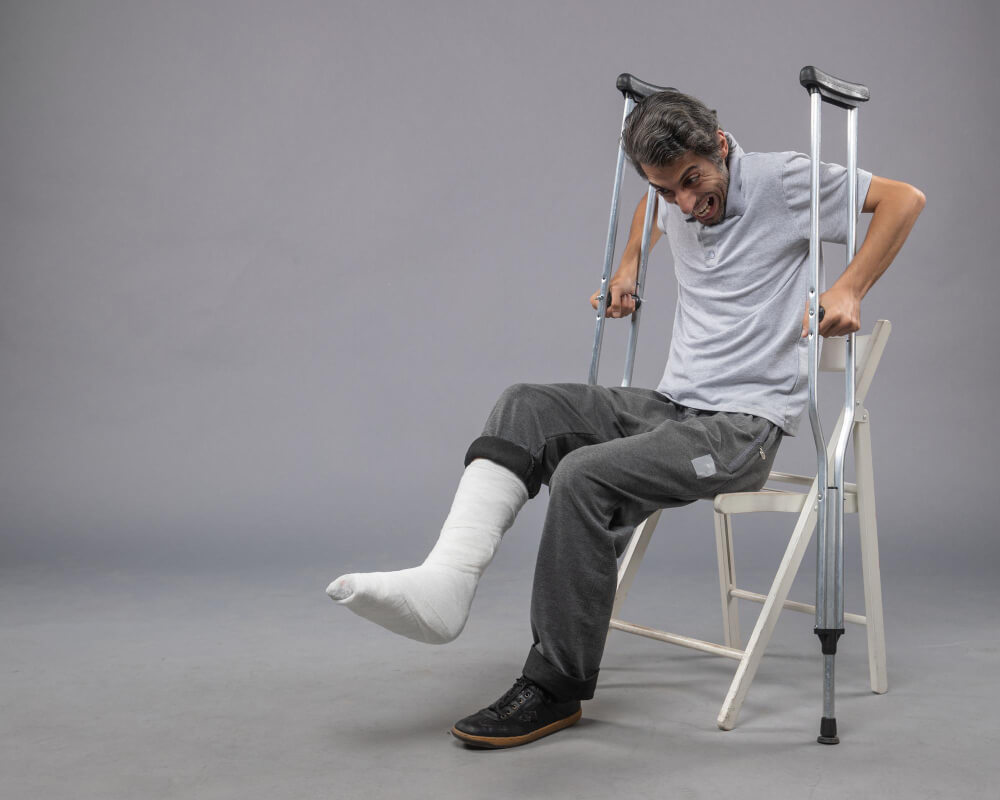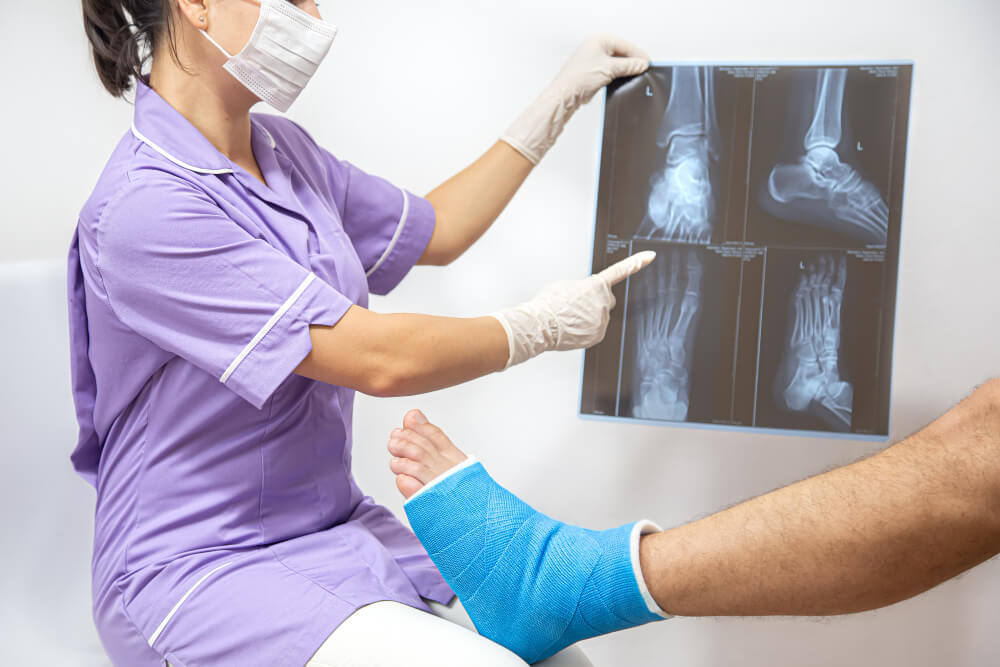Broken Bones and Beyond: Understanding Fractures and the Role of Orthopedic Surgeons
A sudden fall, a sports mishap, or a car accident – these unfortunate events can result in fractures, commonly known as broken bones. While a cast or splint may be the initial solution that comes to mind, the field of orthopedics offers a comprehensive spectrum of care for fractures. Orthopedic surgeons are specialized medical professionals dedicated to the diagnosis, treatment, and rehabilitation of injuries and conditions affecting the musculoskeletal system, encompassing bones, joints, muscles, ligaments, tendons, and nerves.
This article empowers you with knowledge about fractures and the critical role orthopedic surgeons play in your journey to recovery.

Demystifying Fractures: Causes, Types, and Symptoms
Causes of Fractures:
Fractures can occur due to various factors:
- Trauma: Falls, accidents, and sports injuries are common causes of fractures. High-impact forces can overwhelm the bone’s ability to withstand pressure, leading to a break.
- Overuse: Repetitive stress on a bone, particularly in athletes or individuals participating in strenuous activities, can lead to stress fractures.
- Medical Conditions: Certain medical conditions like osteoporosis, which weakens bones, can increase the risk of fractures even with minimal trauma.
Types of Fractures:
Fractures can be categorized based on the severity and location of the break:
- Complete Fracture: The bone breaks completely into two or more pieces.
- Incomplete Fracture: A crack or partial break occurs within the bone.
- Open Fracture: The broken bone pierces the skin, exposing the bone to the environment. This requires immediate medical attention to prevent infection.
- Closed Fracture: The skin remains intact over the broken bone.
Symptoms of Fractures:
Common symptoms associated with fractures include:
- Pain at the injury site
- Swelling, bruising, or redness
- Deformity or abnormal bone alignment
- Difficulty moving or bearing weight on the affected limb
- Creaking or grinding sensation in the injured area
The Expertise of Orthopedic Surgeons: Diagnosis and Treatment

When a fracture is suspected, consulting an orthopedic surgeon is crucial for accurate diagnosis and effective treatment. Here’s an overview of the process:
- Physical Examination: The surgeon will assess the area of concern, checking for pain, swelling, and mobility limitations.
- Imaging Tests: X-rays, CT scans, or MRIs are often used to visualize the fracture location and severity.
- Treatment Options: Based on the fracture type and location, the orthopedic surgeon will develop a customized treatment plan. Options include:
- Immobilization: Casts or splints are used to stabilize the fracture and promote healing.
- Reduction: In certain cases, the surgeon may manipulate the bone fragments back into proper alignment.
- Surgery: For complex fractures, surgery might be necessary to implant screws, plates, or rods to stabilize the broken bone and facilitate proper healing.
Promoting Recovery: Rehabilitation after a Fracture
Rehabilitation plays a vital role in regaining strength, mobility, and function after a fracture. Here’s what you can expect:
- Physical Therapy: Exercises prescribed by a physical therapist help restore flexibility, strength, and range of motion in the affected area.
- Pain Management: Medication and other pain management strategies ensure comfort during the healing process.
- Gradual Progression: Following the guidance of the orthopedic surgeon and physical therapist, you’ll gradually increase activity levels to regain full functionality.
